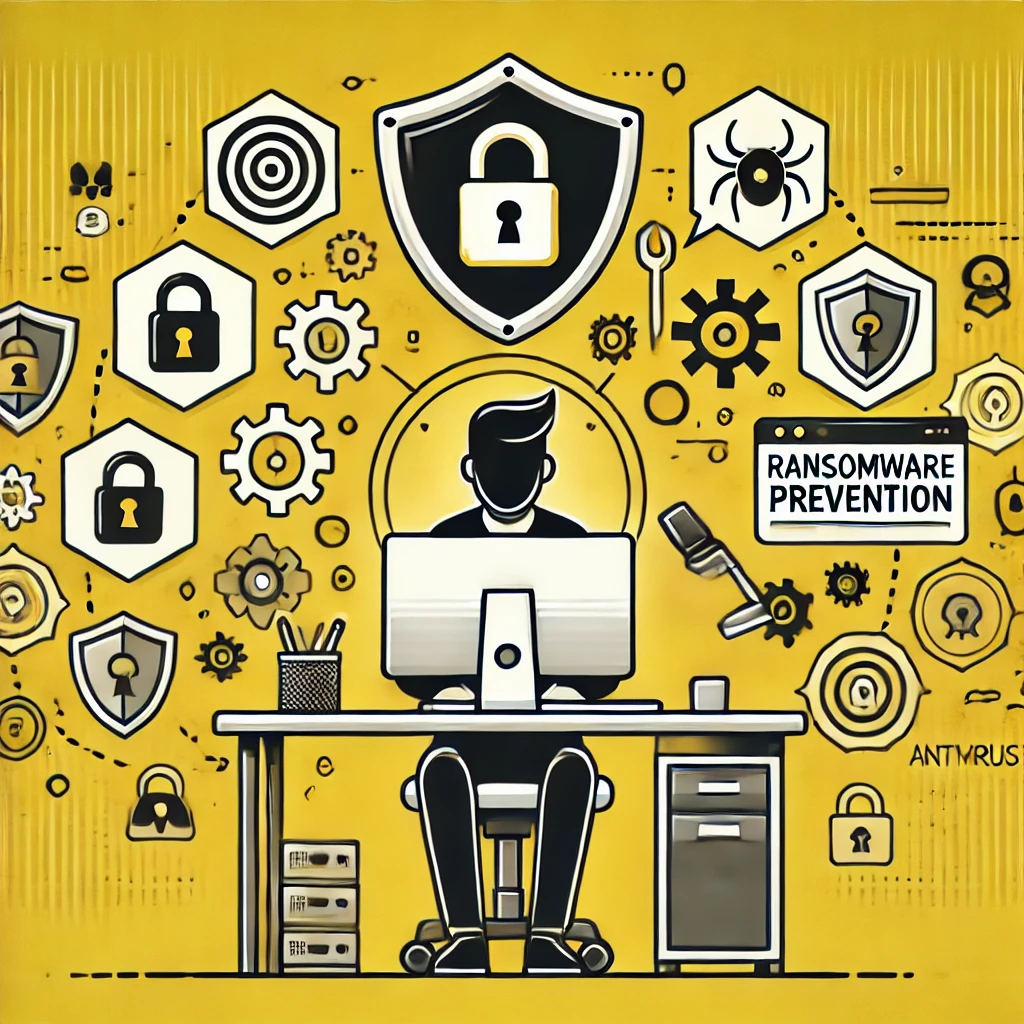
How to Prevent a Ransomware Attack
Ransomware can infiltrate your systems in various ways, including through unsafe or deceptive websites, malicious software downloads, and harmful email attachments. No one is immune – individuals and businesses, large and small, can all be targets.
Thankfully, there are strategies you can employ to prepare and lower the risk of encountering a locked device or encrypted files. By following security practices and staying vigilant online, you can greatly diminish the likelihood of infection.
The guidelines below will help you stay vigilant and prepared. They also outline steps to take if your device or system does become compromised.
Regular Backups
Ensure you back up data regularly to protect against ransomware. It’s advisable to have two backup copies: one stored in the cloud with automatic backups enabled, and another on a physical device like an external hard drive or USB stick, disconnected when not in use. Windows and Apple offer built-in cloud backup options like Windows Backup and Apple Time Machine, which are useful for both ransomware protection and recovering lost files.
Cautious Email Practices
Avoid clicking on links or opening attachments in emails from unknown senders, as cybercriminals often disguise malware in seemingly legitimate emails. Even emails from trusted contacts can be compromised, so verify any suspicious attachments or links through a separate communication channel.
Protect Personal Information
Cybercriminals often gather personal data to tailor their attacks. Be cautious of requests for personal information from unverified sources and always confirm the legitimacy of such requests through official contact methods.
Multi-Factor Authentication (MFA)
Enable MFA on important online accounts to add an extra layer of protection. MFA requires a second form of verification beyond just a password, such as a code sent via text message or generated by an authentication app.
Safe Browsing Habits
Avoid clicking on suspicious links or pop-ups and ensure that any software you download is from official sources. Check URLs carefully to confirm they are legitimate and secure (look for “https” and a padlock icon).
Use Robust Security Software
Protect your system with comprehensive security software that includes heuristic functions to detect new and emerging threats. Keep this software, as well as your operating system, up to date to safeguard against vulnerabilities.
Be Wary of External Devices
Do not connect unfamiliar USB drives or other removable storage devices to your computer, as they may contain ransomware planted by cybercriminals.
Secure Public Wi-Fi Usage
When using public Wi-Fi, avoid performing sensitive transactions unless you are connected through a Virtual Private Network (VPN), which provides an additional layer of security.
Use Standard Accounts
Perform day-to-day tasks using a standard user account instead of an administrator account to limit potential damage from malicious software.
Show File Extensions
Enable the option to display file extensions in Windows settings to help identify potentially dangerous files, especially those with multiple extensions like “.exe” or “.scr.”
Enable Your Firewall
Keep your local firewall enabled to protect against unauthorized access. This can be done through the security settings on both Windows and Apple devices.
What to Do If Infected
- Disconnect Immediately: If you notice an unknown process, disconnect from the internet to prevent the spread of infection.
- Do Not Pay the Ransom: Paying encourages criminal activity and doesn’t guarantee data recovery.
- Document the Ransom Note: Take a screenshot or photo of the ransom demand.
- Use Antivirus Software: Run antivirus or anti-malware software to remove the ransomware. You may need to boot into Safe Mode.
- Restore from Backup: If you have a backup, use it to recover your data after the malware is removed.
- Use Decryption Tools: If no backup is available, visit www.nomoreransom.org for free decryption tools.
- Report the Attack: Provide details to your national police to aid in disrupting criminal networks.
